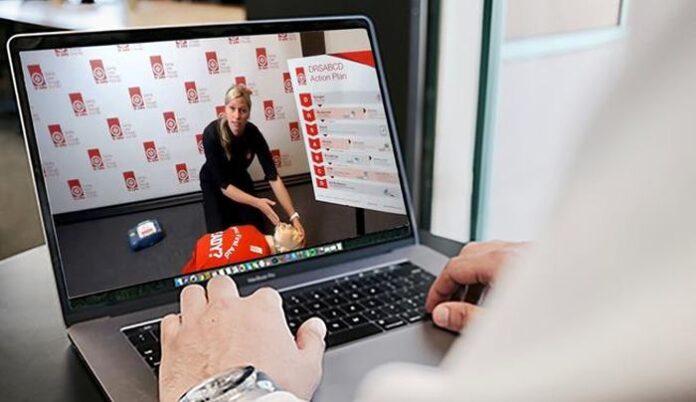Most people live life from one weekend to the other. The schedule becomes mundane after a while. As the human mind likes staying active, it begins the hunt for something new. If you associate with the above lines, it is time to learn a new skill. You could go for a new hobby or learn a life-saving skill. The latter comes in handy not only for yourself but also for the good of others. Taking a CPR certification online gives you the freedom of self-paced learning. This article discusses CPR in general and its importance in daily life.
What are the three types of CPR?
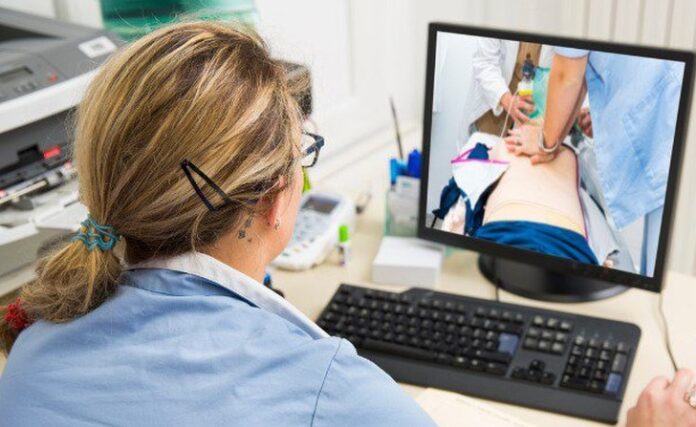
Cardiopulmonary resuscitation gets broadly divided into three types. This classification comes from the people who receive the procedure. The three types of CPR include Adult CPR, Child CPR, and infant CPR, as mentioned below.
Adult CPR: Adults have the most robust bodies and bone structures. Hence Adult CPR focuses on delivering chest compressions with both palms. Every compression in this technique should go as deep as two inches into the patient’s chest. It would help if you also delivered short breaths into the patient’s mouth. For an adult, you must ensure their chest rises with your breath. The rest of the steps remain the same.
Child CPR: Children from the age of one should receive this form of CPR. They have a smaller chest cavity and lung capacity. Hence you do not need to give storing breaths when resuscitating a child. A child’s ribs take time to develop, and their bones still lack density. Keeping these points in mind, you should only use one palm for chest compressions. As a first aider, you must reassure the child of their safety. Once they wake up, you may need to comfort them more than adults.
Infant CPR: Newborn babies have tiny bodies and a fast circulatory system. When giving CPR to an Infant, you should use your mouth to cover their nose and mouth for breath. These steps ensure you do not have to pinch their nose. You should only use two fingers to deliver the chest compressions for an infant. It prevents any damage to their rib cage. Always hold the baby’s head in alignment with the body. This action stops them from jerking it backwards when they regain consciousness.
Steps of adult CPR
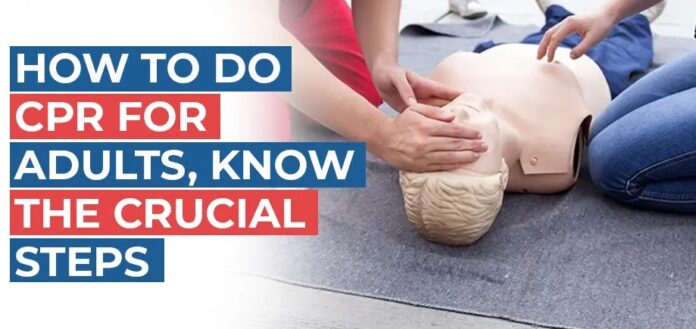
Like every procedure, CPR also has some predefined steps. By following these steps, you will ensure a higher chance of revival. They also make the process easy to remember for the first aiders.
- When you encounter an unconscious person, immediately call the emergency response team.
- Once you reach the person, check for signs of breathing and pulse.
- If the person shows no signs of breathing or a heartbeat, start by laying them on a flat surface.
- Tilt their heads slightly backwards. This step opens the airway and helps with breathing.
- Place both your palms on the person’s chest and start compressing it. You must deliver close to a hundred and twenty compressions per minute.
- Next, you must check for any signs of choking or blockage in the airway. You need to remove anything you see that may block their air passage.
- Deliver two bouts of breath into their mouth while pinching the nose. Ensure you see their chest rise before continuing to the next step.
- Repeat and stop after every 30 to 40 compressions.
- Repeat the steps three to four times.
Why is CPR essential?
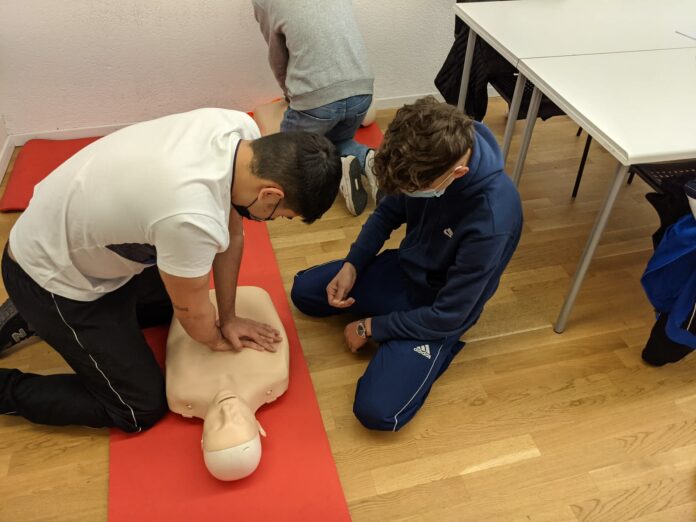
When a person experiences cardiac arrest, their blood flow ceases. It results in the gradual decline of brain functions, killing the body’s nervous system. The organs begin failing and eventually stop working. All this happens because the heart muscle does not get the neural impulse to pump blood. Sometimes the nerve impulse comes back after a break, but the lag could kill the person.
CPR ensures your body keeps pumping blood even after the heart stops working. It is the first aid technique that helps the heart. Through the compressions, you mimic the working of the heart muscles. The air you push into the patient’s body delivers oxygen and ensures your body receives it on time. The most crucial thing CPR does is to protect the brain against any damage. Without a regular blood supply, the brain starts deteriorating. Once the person becomes brain dead, they cannot revive them. Hence CPR protects against brain damage and gives the body the essential blood supply to the EMT.
What to keep in mind when performing CPR?
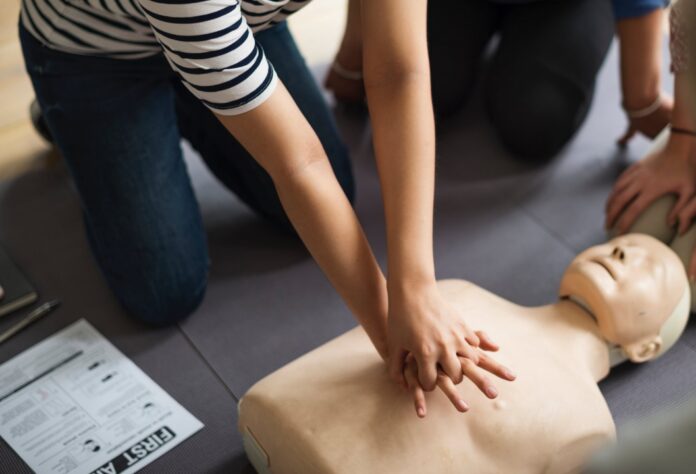
Helping a dying person takes courage and strength. Even the best minds crumble under pressure. Despite taking your CPR certification on; you need to keep the below things in mind when performing CPR.
- It makes you aware of your surroundings. Knowing the location of the nearest medical center and healthcare facility will come in handy in an emergency.
- CPR teaches you to read the signs of cardiac arrest. It would help if you learned to read these signs in a person before they collapse.
- You must check for airway obstruction when delivering the air into the patient’s mouth. Your efforts will go to waste if there is a blockage.
- It helps you remember to perform CPR only on patients with no heartbeat. If the person is still breathing, do not start the process.
- Always call the emergency response team first and then approach the patient.
- If the person does not respond to your CPR, use the AED machine on priority.
Conclusion
By taking up a CPR course, you ensure a healthy living environment for your family and friends. Taking this course gives you the knowledge to save people’s lives. You will also learn to stay calm in difficult situations. Learning CPR in today’s technology-savvy world is not complex. You need to find the right institution. The American HealthCare Academy offers CPR certification online. You can learn about all three types of CPR and AED through their courses. You earn nationally recognized accreditation and educational credits. Check out the AHCA website for more information, and register for a class today.
